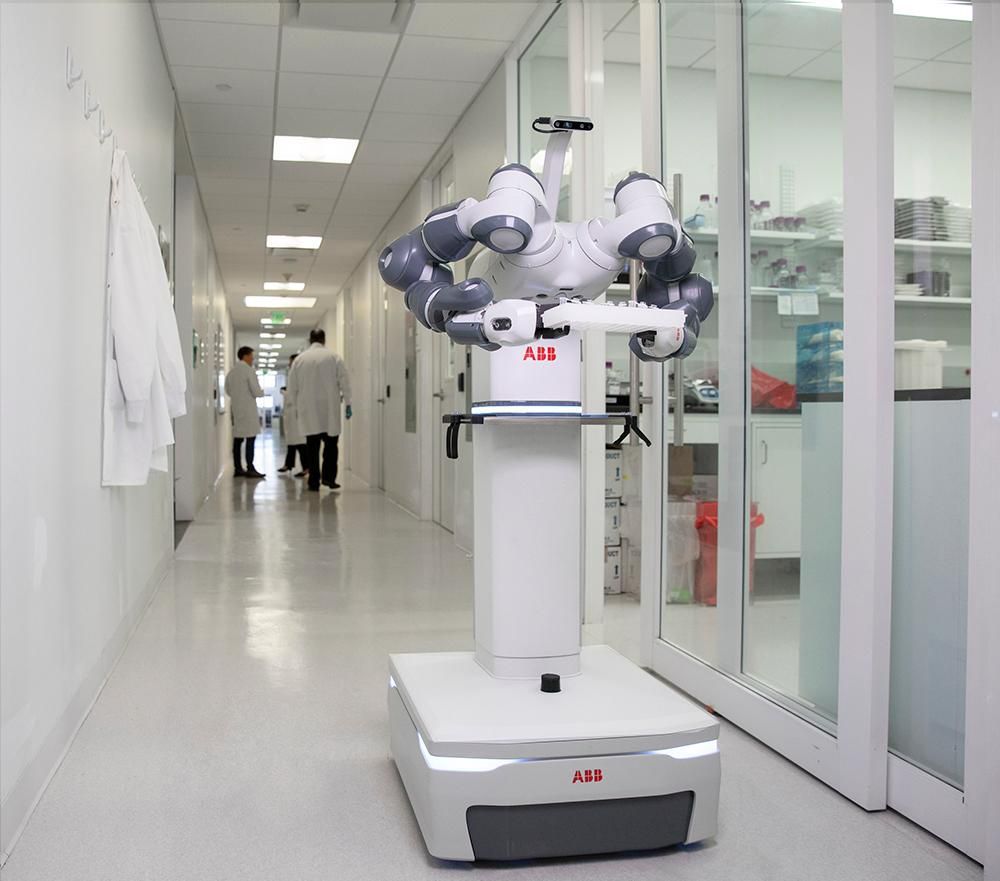Back in January, we were joined by Dr. Aubrey de Grey, Dr. Amutha Boominathan, Dr. Matthew O’Conner, and Michael Rae from the SENS Research Foundation for a webinar discussion panel focused on MitoSENS, the mitochondrial repair program. During the webinar, a number of points were discussed, and the Lifespan Heroes in the audience got to ask the researchers questions about MitoSENS and about the work of the SENS Foundation in general.
In 2015, the MitoSENS team raised funding on Lifespan.io to launch a study testing if they could create mitochondrial DNA copies in the cell nucleus, and they were successful in doing so as a result of the funds they received. In October 2019, the MitoSENS team launched a new follow-up project called MitoMouse, which aims to bring its mitochondrial repair therapy to mammals as a proof of concept on the road to translation to human use.






